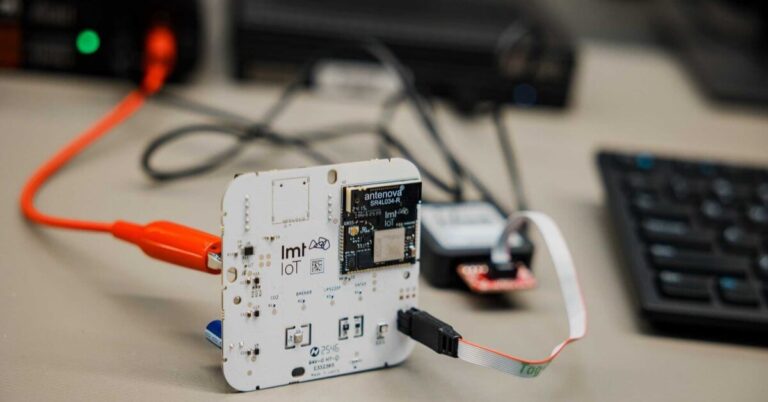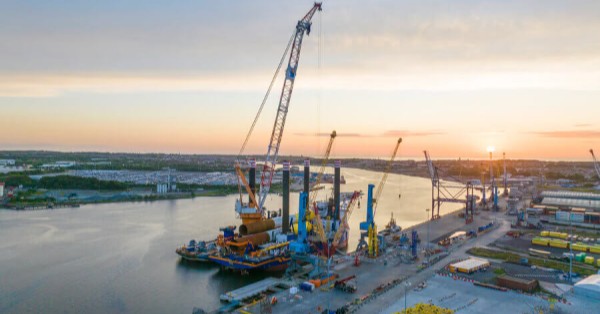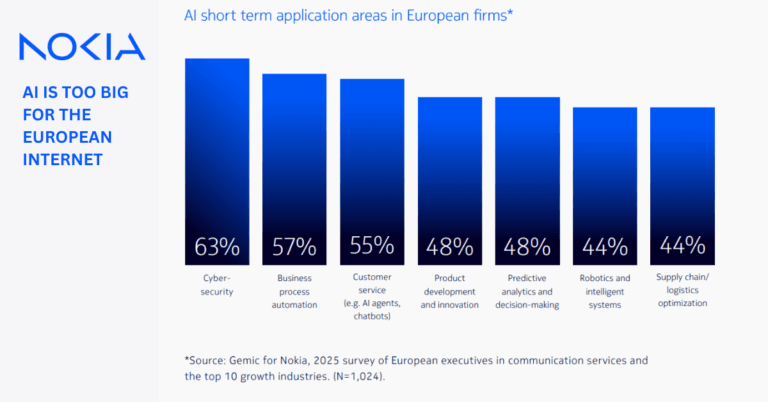Africa AI Data Centres Move In-Region
Telecom operators and digital infrastructure players are racing to stand up AI-grade capacity on the continent as demand, latency, and data-sovereignty pressures converge.
Drivers: AI demand, low latency, data sovereignty
AI workloads are shifting from experimentation to production across banking, public services, logistics, and customer engagement, and keeping data in-region lowers latency and helps meet privacy and residency rules. Training and fine-tuning of models on local languages and sector datasets require proximity to data sources, while inference at scale benefits from low-latency interconnects. The economics also matter: repatriating heavy compute can reduce egress fees and improve predictability for budget holders.
Current capacity: South Africa cluster, gaps elsewhere
Africa still represents a small share of global AI data centre capacity, with most existing sites clustered in South Africa where Amazon, Alibaba, and Microsoft already operate. This concentration has left large demand pools in Nigeria, Kenya, North Africa, and francophone markets underserved for AI-grade compute and regional interconnect. The gap is now attracting operators and neutral providers to build closer to users and data lakes.
MTN AI Data Centres: Build-and-Lease Model Across Africa
MTN Group is negotiating with US and European partners to co-invest in AI-ready facilities and offer capacity to enterprises across multiple African markets.
Genova-led rollout with Nigeria anchor investment
MTN’s specialist unit, Genova, is spearheading the program to monetize digital assets and onboard customers that need high-performance compute. The first facility under construction in Nigeria carries a reported cost of about US$240 million, setting an anchor for a regional footprint. MTN aims to shortlist partners and close commercial agreements within the next year, signaling an operator-led model that pairs network reach with AI infrastructure.
Power, cooling, and renewable strategy will determine ROI
Stable, affordable energy is the primary execution risk. AI racks drive unprecedented power density and cooling needs, which magnify the impact of grid instability. Expect a mix of long-term power purchase agreements, captive or hybrid generation (gas plus solar), battery storage, and efficiency measures such as liquid cooling to achieve competitive PUE. Operators will also need credible pathways to renewable energy and transparent carbon reporting to satisfy enterprise procurement and investor mandates.
Compute-as-a-service bundled with connectivity, security, and edge
MTN’s plan to lease capacity suggests a compute-as-a-service model that can be bundled with connectivity, security, and data platforms. The group’s 4G/5G coverage, fiber, and edge locations create options to place inference close to users and data sources, align with ETSI MEC architectures, and offer deterministic SLAs. The differentiation will come from interconnect density, latency guarantees, and the ability to scale GPU instances as demand swings between training and inference.
Cassava Sovereign AI Cloud: Five African AI Factories
Cassava Technologies is accelerating its sovereign cloud strategy with five AI-focused facilities slated across key African markets in the next 12 months.
Markets and timeline: SA, Nigeria, Kenya, Egypt, Morocco
The plan targets South Africa, Nigeria, Kenya, Egypt, and Morocco, creating a north–south and east–west spine that addresses large enterprise and government demand centers. If delivered on schedule, the footprint would materially expand options for in-continent AI workloads and disaster recovery topologies.
Nvidia GPU reference architecture for accelerated AI
Earlier this year, Cassava partnered with Nvidia to launch an AI data centre in South Africa powered by the chipmaker’s GPUs, establishing a reference for accelerated infrastructure on the continent. The stack positions Cassava to support fine-tuning, vector databases, and high-throughput inference for production use cases, while providing developers access to modern SDKs and frameworks. The challenge will be sustaining GPU supply and lifecycle upgrades amid global demand and rapid silicon refresh cycles.
Sovereign AI at scale for regulated sectors
Cassava frames these sites as “AI factories” that enable businesses, startups, and researchers to build and deploy in-region without relying on overseas infrastructure. The message resonates with banks, telcos, healthcare providers, and public-sector bodies seeking data custody, predictable performance, and compliance alignment, while still wanting connectivity to global ecosystems.
Impact on telcos, hyperscalers, and enterprise AI strategies
Local AI capacity will reshape workload placement, partnership models, and the economics of digital transformation across Africa’s largest markets.
Telco opportunities: GPU instances, MEC, private 5G
AI data centres open new revenue pools beyond connectivity, including GPU instances, managed platforms, and edge services. Bundling private 5G, SD-WAN, and MEC with AI inference can unlock low-latency use cases in retail, mining, ports, and smart cities. Operators will need to invest in skills, tooling, and ISV ecosystems to move up the stack and avoid pure commodity colocation margins.
Hybrid models for hyperscalers and chip supply
Expect more hybrid arrangements: sovereign cloud zones, reseller or capacity-sharing deals, and reference designs tuned to regional energy and cooling constraints. Chip vendors and OEMs that can guarantee supply, service, and training support in Africa will gain advantage. Interoperability with global clouds remains essential to support multicloud AI pipelines and data mobility where regulations allow.
Enterprise and public sector: data residency and cost control
As in-continent options mature, CIOs can repatriate heavy inference, keep sensitive datasets local, and reduce unpredictable egress costs. High-value workloads include multilingual contact centers, fraud detection, risk modeling, logistics optimization, and citizen services. Success depends on data readiness, MLOps maturity, and clear governance across privacy, model risk, and security.
Execution risks, energy strategy, and key milestones
Delivery will hinge on reliable energy, disciplined capex, and the depth of the partner ecosystem.
Energy resilience, advanced cooling, and PUE targets
Reliable 24/7 power with clear renewable pathways, advanced cooling to manage rack densities, and competitive PUE will separate leaders from laggards. Transparency on sourcing, carbon intensity, and water use will become part of enterprise RFPs, especially for regulated industries.
Compliance, cross-border data flows, and incentives
Providers must navigate data protection laws, sectoral compliance, and cross-border data flows while leveraging incentives for local manufacturing, renewables, and connectivity. Strong interconnect with internet exchanges and regional fiber corridors is essential to deliver low-latency SLAs across borders.
Commercial models and utilization across training and inference
Balancing capacity between training bursts and steady-state inference is nontrivial; commercial models that flex across both will matter. Watch for partner announcements over the next 6–12 months, including GPU supply commitments, Uptime Tier certifications, ISO 27001/27701, and telco–cloud co-sell agreements.
Action plan for buyers and partners in African AI
Enterprises should prepare architectures and procurement to take advantage of African AI capacity as it comes online.
Assess workload profiles, data residency, and latency
Profile training versus inference needs, data residency constraints, and latency targets; prioritize use cases where local compute changes outcomes. Specify interconnect, peering, and disaster recovery requirements early.
Procurement: GPU roadmaps, SLAs, energy, certifications
Demand clarity on GPU roadmaps, capacity guarantees, SLAs, PUE targets, renewable energy sourcing, and security certifications. Evaluate consumption models, from reserved instances to burst capacity, and integration with existing cloud estates.
Align network, private 5G, MEC, and observability
Right-size backhaul and last-mile for AI traffic patterns, plan for private 5G and MEC where relevant, and ensure observability across WAN, data centre, and cloud to manage performance and cost. The winners will be those that treat AI infrastructure as a coordinated network, compute, and data strategy—not a standalone build.








































